What is Aerospace Grade Aluminum? Benefits and Uses
 Oct 20,2024
Oct 20,2024

The Al grades are globally demanded in the aviation industry due to their lightweight, strength, and corrosion resistance. The most used grades are from 2000, 6000, and 7000 series. This article will discuss what aerospace grade Al is, how it is used, and its benefits.
What is Aerospace Grade Aluminum?
Aerospace Al grades are specially designed alloys which are certified for the aerospace field. These alloys are lightweight and higher in yield strength which bear high altitudes and temperature changes.
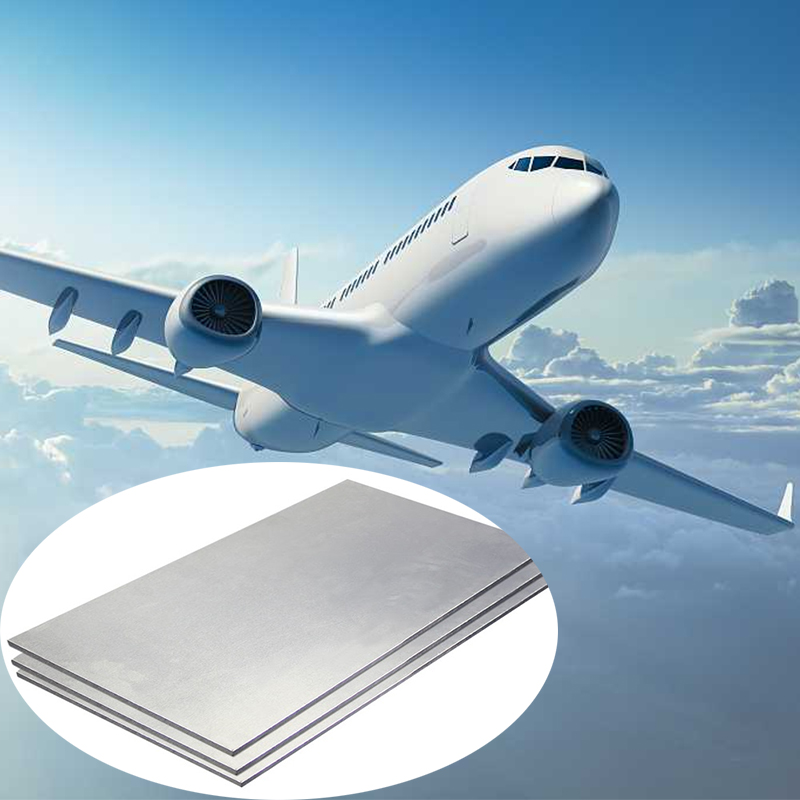
Certification and Standards
ASTM and ISO are the certifications and standards through which aerospace Al is certified for aviation.
Is 6061 aluminum aircraft grades?
6000 series is considered an aviation aluminum because of its strength, ease of machining and fabrication and corrosion resistance.
What is aerospace grade 7000 series aluminum?
This series contains the alloying of Zn, Cu and Mg. This series especially 7075 grade is suitable for high-stress applications such as aircraft components etc.
What metal are planes made of
Al, Titanium and stainless steel are used in making the major portion of an aircraft.
What's the difference between aluminum and aircraft grade aluminum?
An aircraft grade Al is prepared through various alloying elements such as Al, Li, Zn and Cu which keep the balance between the weight and provide high-strength and corrosion resistance.
What is Aircraft Grade Aluminum?
The most used grades are 2024-T3, 6061-T6 and 7075-T6. An aircraft grade means they are highly high-strength, corrosion and fatigue resistant.
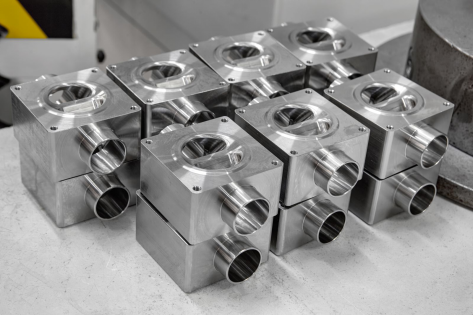
Aluminum Aerospace Machining Reno, NV
Crack Growth Resistance in Aerospace Aluminum
Special treatments such as controlled over aging at high temperatures are used. It increases the resistance to fatigue crack growth in the 2024-T3 grade.
Damage Tolerance in Aircraft Design
The damage tolerance concept is used to analyze the damage to the component. If the damage is under critical size, it is allowed to remain in operation otherwise it is instructed to change.
Cost
The cost of aerospace grade Al is high because of alloying elements, tight tolerances, and stringent production standards.
Properties of Aerospace Aluminum Alloys
The following important properties of Al are discussed:
Melting Point
Melting of Al is 660ᵒC which makes it suitable for use at temperatures from 300-400ᵒC.
How strong is aerospace aluminum?
In aerospace aluminum grades, 7075-T6 is considered a high-strength Al alloy. Its strength i.e. 74-78 kPsi almost equal to the strength of Carbon steel.
Strength-to-Weight Ratio
Aerospace grade Al has an excellent strength-to-weight ratio. For instance, 7075-T6 is a high-strength alloy very close to carbon steel but half of its weight.
Corrosion Resistance
Zn and Cr are added to further increase corrosion resistance to meet stringent standards of aviation.
Fatigue Resistance
Alloying elements like Cu, Zn etc. and precipitation hardening treatment are used to increase fatigue resistance of aerospace grade Al.
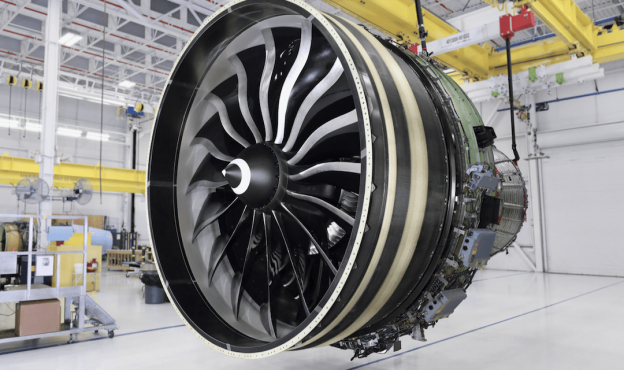
Jet Engine Nacelle
Testing for Fatigue in Aluminum Aircraft Components
In non-destructive testing, phased array ultrasonic testing is used for fatigue testing in the aerospace industry. In this research paper, fatigue testing was performed on a wing spar made of 2024-T3 aluminum.
CNC Machinability and Formability
Since in the aerospace field, a very high level of precision is required, that’s why CNC machining is very useful because of Aluminum’s excellent mechanical properties.
Welding and Joining Techniques
TIG, MIG, resistance, laser and friction welding processes are used as welding and joining techniques. Self-piercing riveting (SPR) technique is considered as best joining technique for Al applications.
Aircraft Extrusions
2024, 6061 and 7075 grades of Al are commonly extruded in the aerospace field. Common parts which are produced through the extrusion are wing spars and stringers, fuselage frames and seat tracks.
Benefits of Aluminum for Aerospace Applications
Aluminum is a balanced material with corrosion resistance and strength. It is super easy to shape into all sorts of crazy designs. It is lightweight, which reduces fuel consumption, and has an excellent strength-to-weight ratio. It is easy to machine and highly fatigue-resistant.
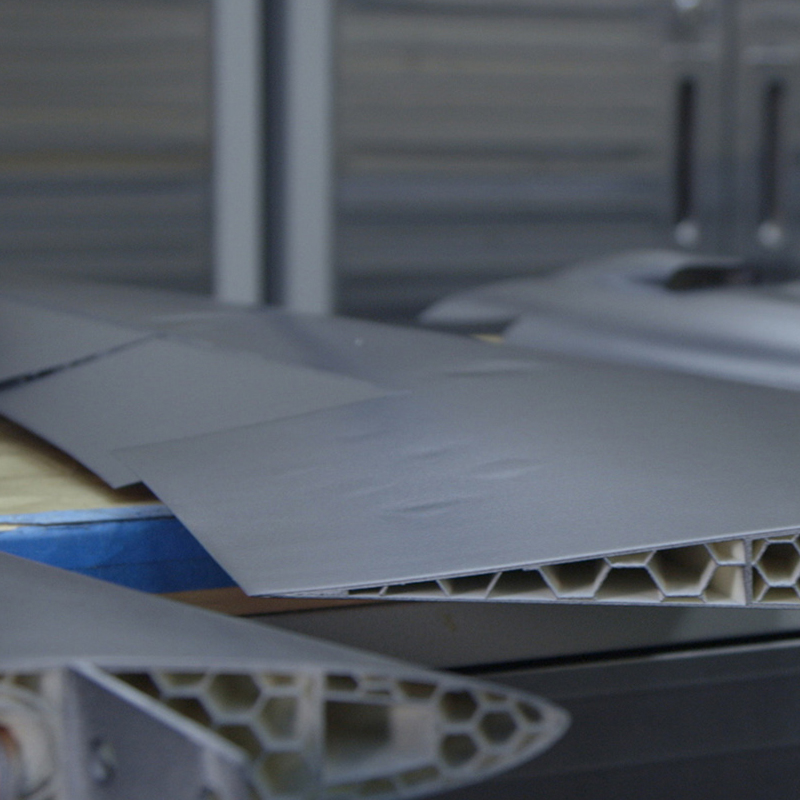
Commonly Used Aluminum Alloys in Aerospace
Some of the commonly used aerospace grades are discussed below:
2024 Alloy
It’s a high-strength alloy with excellent toughness and fatigue resistance. It is used in fuselage, commercial and military aircraft.
2014 Alloy
It is known for its hardness of 105 HB and yield strength. It is commonly forged and extruded. The main alloying element is Cu which increases its hardness.
5052 Alloy
It is an alloy in which Cr and Mn are used to increase strength and corrosion resistance. It is used in marine applications.
6061 Alloy
It is famous for its strength-to-weight ratio and welding and machinability properties. It is used for fuselage, wings etc. in the aerospace industry.
7050 Alloy
This grade belongs to the third-grade generation of advanced Al. It is known for its fracture toughness. It is used in bulkheads and the exterior skin of airplane wings.
7068 Alloy
It has the highest strength in all grades of Al used in the aerospace field, a yield strength of 700 MPa and excellent fatigue strength.
7075 Alloy
It is alloyed with zinc and has excellent toughness, good fatigue strength and moderate machining but low weldability.
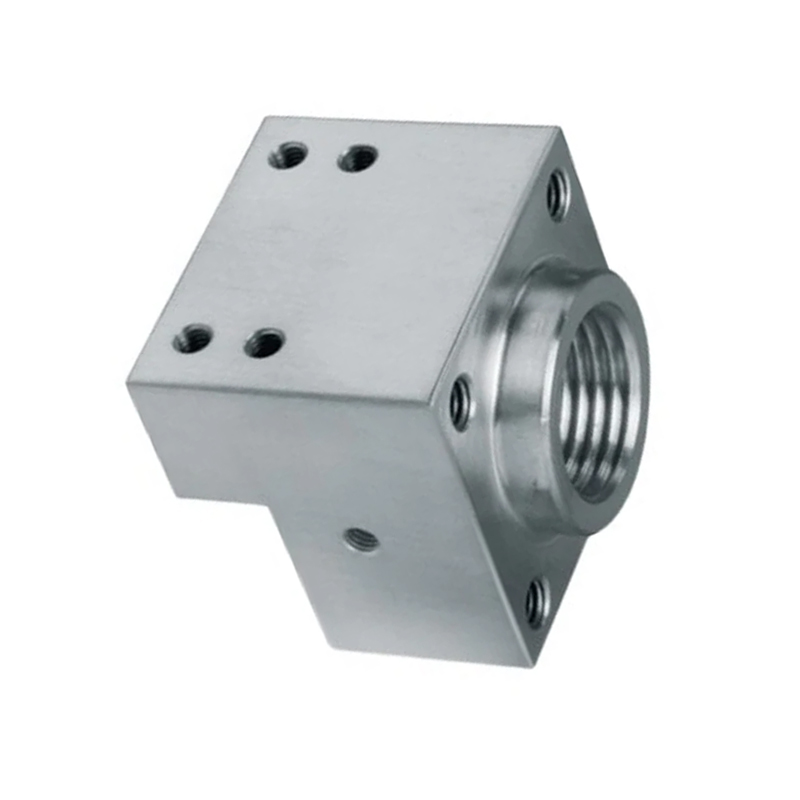
Less Common Aluminum Alloys in Aerospace
These are the less common alloys of Al but are used in aircraft.
2219 Alloy
This alloy excels in fracture toughness and is resistant to stress corrosion cracking. It is used in supersonic aircraft skin.
6063 Alloy
It is weaker than 6061 that is why its usage in the aerospace field is very low. It is preferred in architecture applications.
7475 Alloy
It is less common in the aerospace field because of the high cost and difficulty of welding.
The Role of Heat Treatment in Enhancing Aluminum Alloys
Heat treatment plays with the microstructure of Al alloys. For instance, precipitation hardening treatment is used to increase the resistance against the crack growth.
Temper Designations (T3, T6, etc.) and Their Impact on Properties
T3 indicates that Al is solution heat treated and then cold working. This process helps to achieve moderate strength and ductility. Temper designations provide information about how these grades are treated for which applications.
Applications of Aluminum in Aircraft and Spacecraft
Aluminum in Aircraft
In an aircraft, Al is used in landing gear i.e., struts, airframe structures like wings etc. in engine parts like casings and brackets.
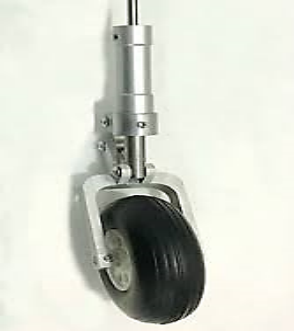
Strut
Aluminum in Spacecraft
In spacecraft, Al is used in thermal protection systems and radiators etc.
Differences Between Aerospace and Aircraft Grade Aluminum
The aerospace field covers both aircraft and spacecraft. In this field, it is important to adhere to stringent aerospace standards.
While aircraft grade is primarily used for an aircraft structure. The parts are governed by aviation industry standards.
Aerospace Grade Aluminum vs Surgical Steel
In the aerospace field, lightweight and strength are important factors. In the surgical field, corrosion resistance and biocompatibility are important.
Is Aerospace Grade Aluminum Watch Good?
Yes, because of good corrosion resistance and durability.
Does the iPhone 16 use Aerospace-grade Aluminum?
Yes, iPhone claims that they have used aerospace-grade Al for iPhone 16 frame and sleek finish. Tuofa CNC China speculates that it is a high-strength, low-density alloy, such as 7000 series aluminum alloy.
 Tel/WeChat:
Tel/WeChat:  Email:
Email: 
 Home
Home
 How to Paint Aluminum: Perfect Finish
How to Paint Aluminum: Perfect Finish 







